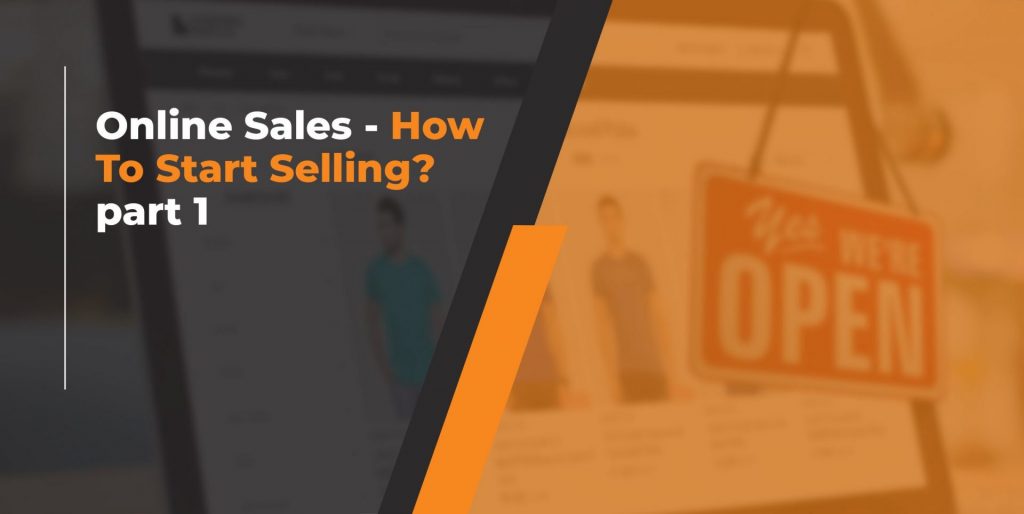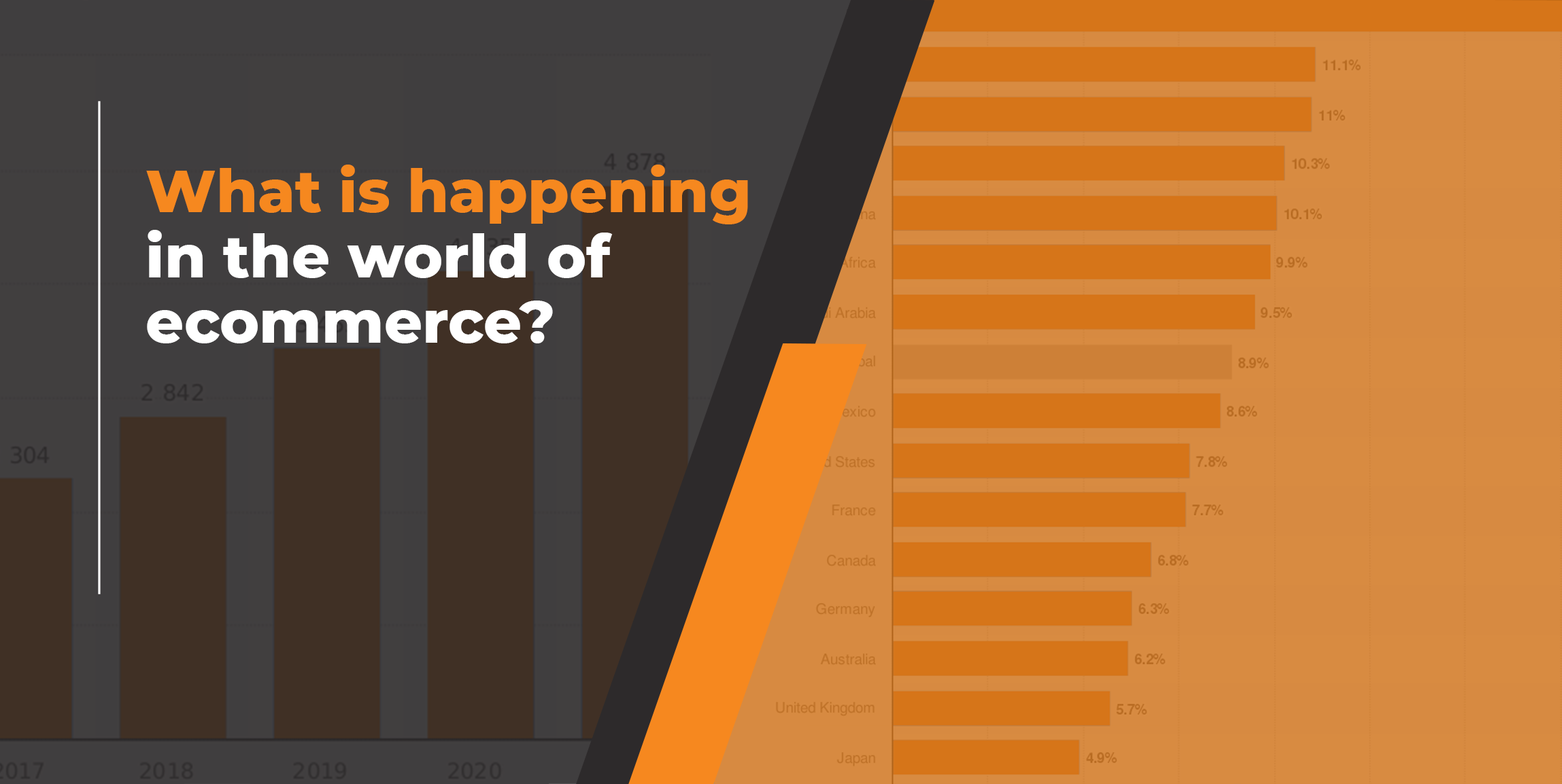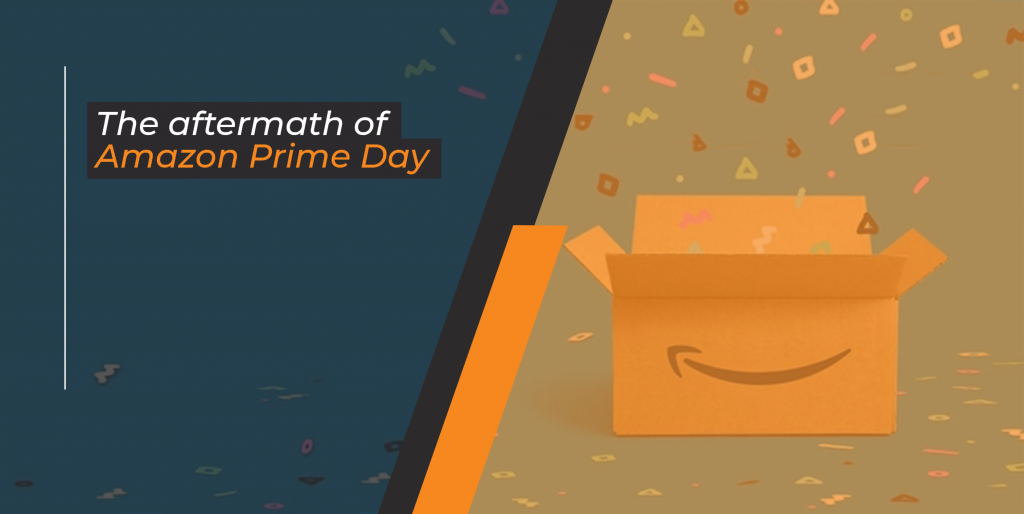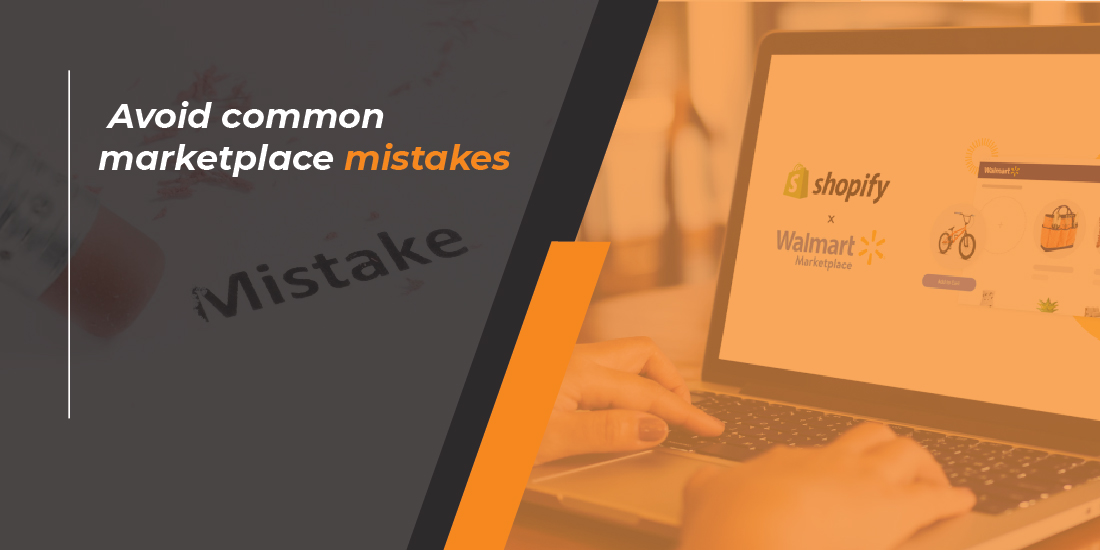
Years ago, businesses wondered if it made sense to invest in online stores and if they would spend their time developing an ecommerce channel. Everyone was used to working in an offline environment through physical sites, and business growth opportunities included opening new sites or finding new partners (you can check our blog post “D2C – the argument for why most brands should prefer it”).
Scrolling through the bar to this day, no one – even the motor parts and accessories industry which has generally been later to adopt digital transformation than other industries – questions online commerce and its potential. The numbers have proven that eshops are meaningful, flexible and convenient, people love them and generate more and more sales.
The question is where to start to create a successful online store?
Often, having multiple options is stressful and confusing. Jokes like “It’s bad when there is no choice, but it’s also bad, when there are too many choices” are not uncommon. In the particular case of automotive ecommerce, the field of expression is wide. In this regard, we will synthesise the choices into three main points to help from the beginning:
- Sales through your own eshop – in full control of your brand and data (you can check our blog post “Managing your Data, the right way”);
- Sales through marketplaces such as Amazon, eBay, Etsy, OnBuy – If you want to start selling as fast as possible without wasting time;
- Sales through social networks such as Facebook, Pinterest, TikTok – this is a perfect optionif you are looking for a quick start, validation of an idea or market experiment. Not recommended If you want a more professional positioning or building a brand.
Brief clarification: you do not need to choose only one of the three options for online trading. In the real market environment you can combine all the points as you like for your business. Multi-channel sales are the new “smart” in ecommerce especially combined with the right software (check our blog post “Guide to choosing the Right Software to Grow Ecommerce Sales part 1”).
Explained in a few words – Your online store can be fully synchronised with every channel you are on; for example, your Facebook and the online store that is located in it. In this way, Facebook users will see the same products in both places and order from the point that is convenient for them. The result is a scheme through which you sell through several channels, but manage the business in one place (thanks to synchronisation).
Online sales through own eshop
Running your own online store is one of the most preferred options for a number of reasons. Firstly, you have the opportunity to decide everything, from how it looks like and what it feels like, to present the products in a way that you consider adequate.
Other advantages of owning an online store are the control you exercise and the absence of external factors that can influence. You can protect yourself from changes in various algorithms that are constantly popping up on social networks and marketplaces. For example, we can point to Facebook’s algorithms, which change every month, and this reflects on the way you do online business. If Facebook decides you have to pay to become more visible to network users, you don’t have many options.
What is specific about maintaining your own store is that you have to make an initial investment for its creation or pay monthly subscription fees, or some mixed model.
Keep in mind too that all build, planning and traffic-driving require long term investments.
Online sales through marketplaces
This is a very interesting and popular option for online trading. It has existed in the market for many years, and it also has various business models – paid subscriptions, payments for product promotion, commissions for sales and more.
Amazon announced in 2021 that there were 5 million registered merchants on the platform. This is a pretty serious number, which probably leads you to think that there is a reason for businesses to sell through the marketplace in question.
Apart from the giant Amazon, there is also eBay (again a huge company), Etsy, OnBuy, Wish and many more. In these platforms you sell conveniently and easily, because of the following:
- You just create an account;
- You upload your products with their description, images, prices, possibly video;
- You specify the details of the delivery;
- The way to accept payments from customers;
- If you have an order – you send the product;
Large marketplaces provide a huge amount of traffic from potential customers, which greatly simplifies marketing budgets. Apart from advertising costs, this saves a lot of time and struggle in comparison with the previous option we mentioned.
Although seemingly easy and economical as an option, working through marketplaces is not enough on its own. It is always good to combine it with one of the other options. This will give you more security and also visibility. Security regarding changes to search algorithms, ranking of results, rating systems, paid programs and premium profiles. Show off your presence on various channels.
Another challenge for marketplaces is that companies face branding problems (check our blog post “Amazon Prime Day and Brand protection – what is the right approach?”). It is generally very difficult to stand out as a brand in a marketplace; they are built in a way that largely unifies the proponents and depersonalises them.
In part 2 we’ll cover sales through social networks, provide answers to some questions and more.
To find out more about the automotive aftermarket, or for a no-obligation introductory discussion, please contact us.
automotive
More from us





















































